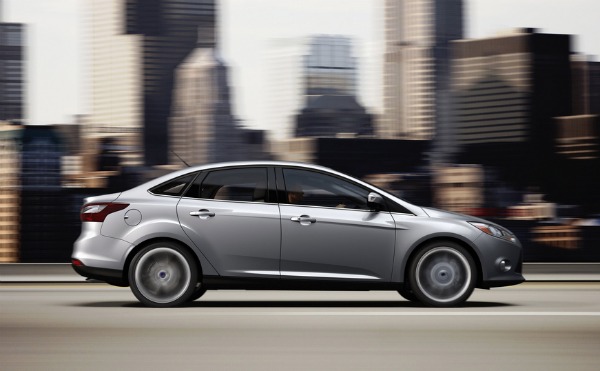In 1950s science fiction movies, irradiated monsters would emerge from the sea to level Tokyo as horrified citizens flee. In 2011, as a sign I saw last week in Tokyo airport attests (see photo), Japan faces a real-world nuclear nightmare and the very daunting task of rebuilding cities and an entire nation’s energy grid. An innovative American ad campaign may be at least one way to slay the dragon and build a more sustainable future.
Last week in San Francisco, SunPower Corporation put their advertising dollars to work to support a rooftop solar PV system at the Telegraph Hill Community Center. Instead of telling us in ads how solar is a viable alternative to fossil fuel and nuclear power, SunPower showed us, by carving out a portion of its ad budget to help pay for the project through an innovative program called EcoAds. Over 40,000 kilowatt hours of clean, renewable electricity will be generated by this project and hundreds of tons of greenhouse gases reduced.
OK, so that’s only enough to power about a dozen homes, but what if huge multi-nationals invested some of their ad dollars the same way – – could it significantly improve the environment and economy in Tokyo or a town near you?
If Chevrolet’s use of EcoAds is any indication, apparently the answer is yes. Their first foray into this program is generating funding to rehabilitate Randol Mill Park in Arlington, Texas, with sustainable landscaping around a new playground; energy efficiency and water conservation upgrades to the new ballpark facilities; and solar panels on the rooftops. The result? A 30% reduction in the park’s energy bills and a 20% reduction in water use.
EcoMedia, the company behind EcoAds, has done similar projects from Miami, Florida, to Sacramento, California, in each case improving the environment, creating local jobs, and saving taxpayers a lot of money. Against the backdrop of the disaster in Japan, these examples may seem trivial, but rebuilding that nation’s cities and energy grid will take a lot of help from innumerable sources large and small. Then again, this idea may not be so small.
Ad spending in Japan tops $67 billion/year. Using the EcoAd formula of 10% going to actual clean energy and community rebuilding projects, that’s almost $7 billion in Japan every year – – enough to do some real good very quickly, from a revenue stream that today creates mostly visual ether, evaporating in 15 second soundbites.
But the EcoAd concept doesn’t end there. Projects to date have partnered with non-profits, unions, cities, and businesses to leverage as much as nine times the EcoAd contribution from those other sources. In fact, EcoMedia looks for “stuck” projects that otherwise wouldn’t be completed because they lack that final 10% in funding. For example, a solar project often can’t pay for itself in a reasonable period of time from energy revenues alone, so the 10% “buy down” of the cost makes the project financially viable.
In other words, using that formula, EcoAds in Japan could actually harness $70 billion in new projects. In the US, ad spending is about $300 billion a year. What could we do to make our energy supplies more secure, clean, and reliable with $30 billion/year, also leveraged many times more than that figure?
Whether in Japan or America, imagine if every time you saw an ad, you knew it was making that magnitude of contribution to green projects that last a lifetime – – seems like a win/win for advertisers and consumers alike. So the next time you’re walking through advertising-overdosed Times Square or the Ginza, ask yourself why wouldn’t every ad be an EcoAd?



